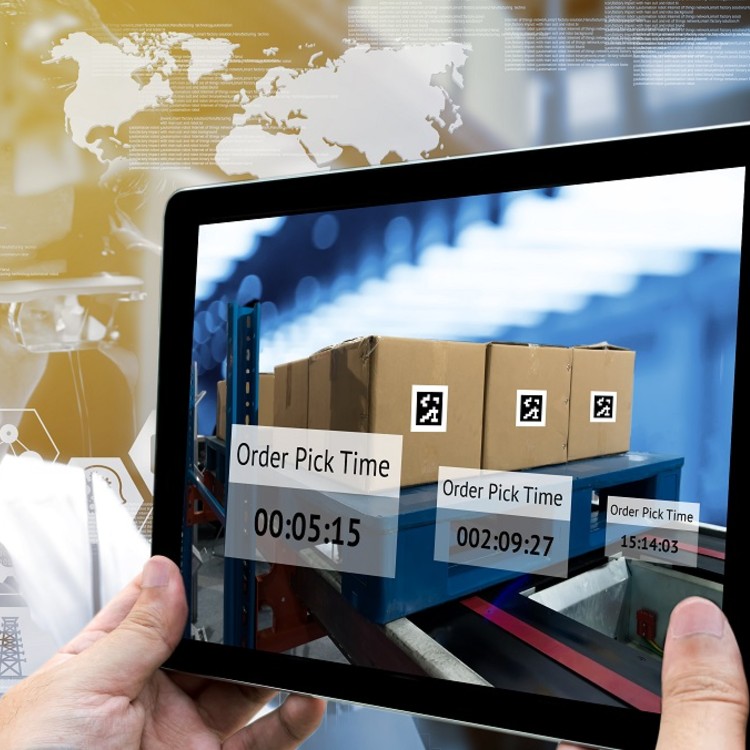Digital twins also can be useful in maintenance scenarios. If a machine part breaks during production, for instance, manufacturers can duplicate the incident in a digital twin to get a better picture of its impact on the real-life production line. In doing so, they can find the source of the breakage sooner and develop workarounds if the part can’t be immediately replaced.
Engineering Digital Twins
Engineers can use digital twins to build digital simulations of systems they’ve designed. An automotive engineer, for example, can run a simulation of a vehicle crashing into a wall to determine how the car would react, then make design modifications to improve its safety performance – all without spending money to build and wreck a car. An aerospace engineer can do the same thing with a rocket to test its performance without endangering astronauts who might otherwise need to be on board.
Digital Twins Fuel Oil and Gas Industry
Oil and gas companies use digital twins in the same way manufacturers do: for system design and monitoring and for predictive maintenance. In the latter, internet-connected sensors continually monitor assets – an oil rig, for example – and report readings back to their digital twin, which flags underperforming parts that need to be replaced or otherwise maintained. In this way, engineers can remotely monitor the performance of faraway equipment without putting inspectors on the ground, which can be expensive and dangerous.
Digital Twins in Urban Planning
Digital twins and smart cities make good bedfellows. Using digital twins of cities and infrastructure to visualize data and run simulations, urban planners and civil engineers can solve problems like traffic congestion and air pollution. They can envision the impact a new building would have on its surroundings, for example, and isolate areas of opportunity for reducing waste or saving energy. Singapore’s Virtual Singapore initiative, for example, uses digital twins to determine the best locations for solar cells, cell phone towers and stop lights.
Digital twin use in urban planning could lead to $280 billion in cost savings by 2030. lead nearly, according to a study by Abi Research.
Digital Twin in Healthcare
Doctors might one day be able to create digital twins of patients using their medical information. Alongside artificial intelligence, such twins could help them diagnose diseases, prescribe medication and monitor wellness by learning patients’ normal biological rhythms and flagging deviations that might require intervention.
Digital Twins and Climate Change
Huge amounts of data have been collected across industries. This data has slowly been integrated into large digital environments where simulation can be adopted. By creating a digital twin, industries can holistically understand that data — aiding resiliency and mapping potential use cases. As the world combats our ongoing climate crisis, the adoption of digital twins in environmentally-focused industries like the water sector have increased,
according to Engineering.com. The sector has used digital twins to analyze drinking water sanitation, distribution, and sewerage systems. The uncertainty of the world's climate means engineers need to understand our current data while planning for a rapidly changing future.
A Better, Safer World
Digital twins’ benefits aren’t lost on business leaders. In recent studies, researchers found that 93 percent of organizations implementing IoT already will implement digital twin technology by 2027.
That number will only grow as digital twins themselves improve, which they will continue to do as technology advances, Grieves said during a keynote speech at ASME’s 2020 Digital Twin Summit. Consider digital twins’ accuracy, for example. Today, digital twins utilizing artificial intelligence perform with an accuracy of about 75%, according to Grieves, who says that number eventually will grow to 98% as technology gets better.






